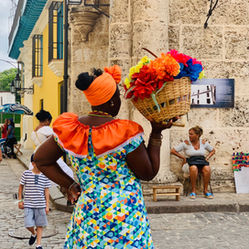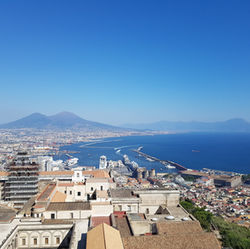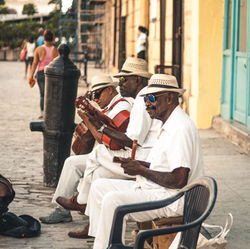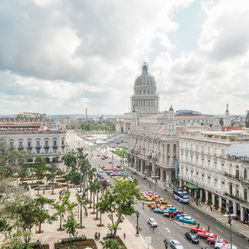Cuba: Live the Experience
Overview
Cuba is a country that has been through many significant events that have shaped how and what the country is like today. Cuba is the biggest island in the Caribbean, and it is full of culture, traditions, and an eventful history that dates back to the first ancient civilizations. This massive island spans over 110,860 square kilometers, making it diverse in terms of land. In addition to its large area, Cuba is a diverse country with many cultures, including Indigenous, African, and Spanish people and traditions. This beautiful country is a sign of excitement and pride, with landscapes that go far as the eye-can-see to the turquoise waters that are crystal clear.

From WIX

Cuba in 1968
Cuba has a rich and complex history, starting with the significant pre-European civilizations that once thrived on the island. The two main indigenous groups of Cuba were the Taíno and the Ciboney. The Taínos were the most popular civilization in Cuba between 300CE and when the European colonizers came to Cuba. They were part of the larger Arawakan-speaking group of the Caribbean, and before the Spanish colonists arrived, the Taíno established many settlements. The Ciboney, meaning “Cave Dweller” in the Arawak language, spent most of their time in caves and were later overpowered and mostly driven by Taíno culture. Cuba’s colonization began in 1511 under Spanish conquistador Diego Velázquez de Cuéllar. He and his men first settled in the city of Baracoa, located on the island's east side. Over the next few decades, more and more men came until there were enough of them to overthrow and take control over the island, eventually founding cities like Havana (the capital of Cuba) and Santiago de Cuba. The Taíno population quickly decreased due to diseases brought by the Spanish, such as smallpox, as well as overwork and violence from the colonizers. Cuba was firmly under Spanish control until 1898. This period shaped and changed Cuban culture tremendously, with sugar plantations and Catholicism being the main religion. The Ten Years’ War from 1868-1878 was the first major attempt to gain independence from Spain, which ultimately failed. The second major attempt at independence was what ultimately succeeded: The Spanish-American war, which lasted around four months. The Treaty of Paris was what helped end this war since it forced Spain to lose control of Cuba. However, Cuba’s independence was still complicated due to the influence of the United States.
The Platt Amendment, enacted in 1901, allowed the US to intervene in Cuban affairs and to maintain a military presence on the island. In 1959, Fidel Castro led the Cuban Revolution, which overthrew the authoritarian government of Fulgencio Batista. Fidel Castro had a deep hatred of Batista and filed a lawsuit against him for corruption and tyranny. This revolution marked the beginning of a communist government in Cuba, as Castro implemented many radical changes, including land reforms that aimed to redistribute land from rich landowners to the poorer citizens and peasants. This revolution also empowered the Cuban Civil War since many supported Batista’s government and resisted the changes. In 1960, the US imposed a strict trade embargo on Cuba in response to these radical changes. This embargo remains an important aspect of Cuban-American relations. Cuban history has been through both successes and failures. The socialist government has significantly improved healthcare and education, as it is becoming more accessible to its citizens. However, Cuba still faces constant economic hardships imposed by the embargo which has remained a challenge for the Cuban people. Cuba’s culture can be shaped by its complex history of indigenous, African, and European influences, making it a mix of many traditions. Despite the country's challenges, Cuba’s revolution and legacy form the country’s identity today.

Cuba Revolution









